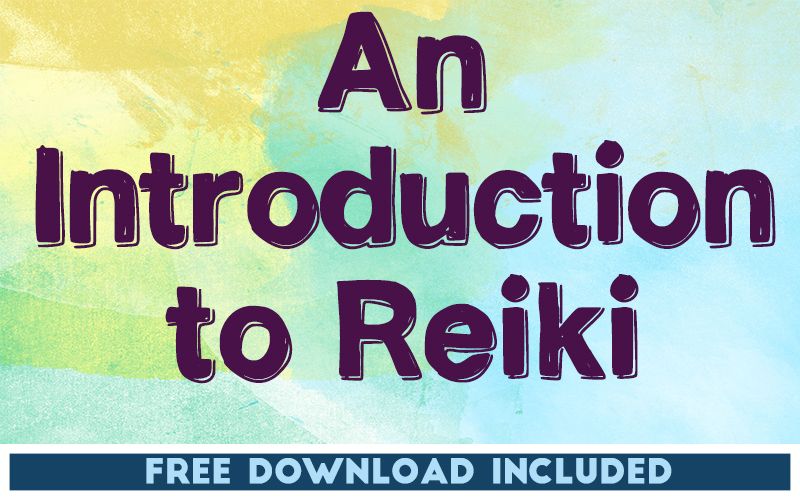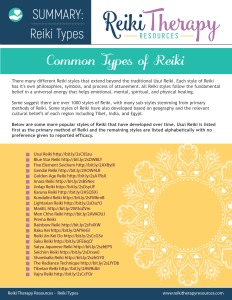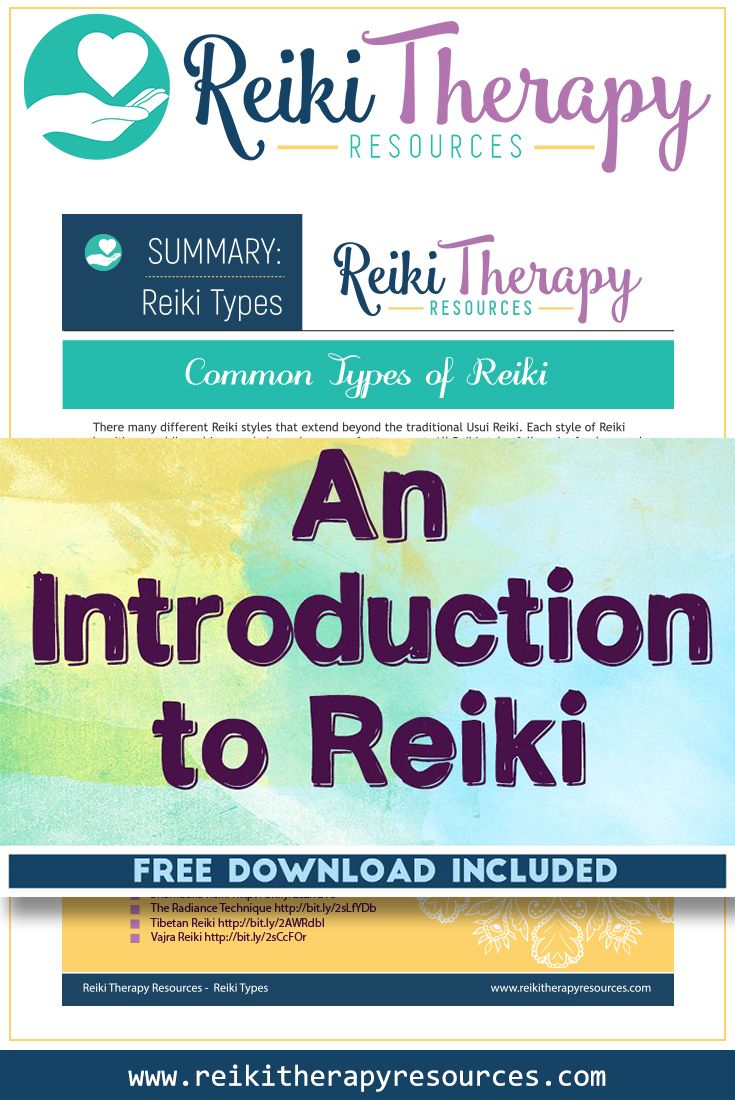
THIS POST INCLUDES:
——————————————–
1. What is Reiki
2. Benefits of Reiki
3. What to expect in a Reiki Session
4. How to become a Reiki Master
5. Free Download Types of Reiki Summary Guide
WHAT IS REIKI
Reiki stems from a long history and is derived from the Japanese terms ‘rei’ meaning universal, and ‘ki’, meaning life energy. As a whole, the term Reiki is defined as universal life energy. In the Western world, it is viewed by many as a complementary medicine approach to dealing with modern day physical and emotional issues.
As Reiki is based on the premise of energy, Reiki invokes the use of a Reiki Master who may act as an intermediary of life energy for another person. A Reiki Master or practitioner can use their experience and understanding of Reiki to benefit another person in becoming aware of the interplay of the energy we all function within. The Reiki practitioner does this primarily by using their hands around the other person’s body as they transmit energy. This energy can correct any imbalances that may exist.
You can also become a Reiki practitioner and practice Reiki on yourself with no need for a second Reiki practitioner.
BENEFITS OF REIKI
Reiki presents as an all encompassing method of addressing imbalances in the physical, emotional, and spiritual domains of our lives.
From a physical perspective, Reiki significantly improves feelings of relaxation and calm. The process of lying still and focusing on intentional breathing helps the body slow down and reduce tension.
Reiki can help decrease pain, relax muscles, and allow the body an opportunity to restore and rebalance its vital energy.
From an emotional perspective, Reiki can help bring an overall sense of wellbeing and positivity to our emotions. When we receive Reiki, we reduce feelings of anxiety and focus on our intentions to develop a more positive approach to our problems.
From a spiritual perspective, Reiki encourages compassion and understanding through our shared energy. Reiki gives us an overall feeling of being re-energized and invigorated so that we can take this feeling of wellbeing to further enhance our interactions and intentions in our daily lives.
Reiki reminds us to connect to what is important and to rebalance the essential parts of our lives.
WHAT TO EXPECT IN A REIKI SESSION
Most Reiki sessions are between 30-60 mins long, however, distance Reiki sessions may be shorter. In your Reiki session, you will either sit in a chair or lie on a massage table. You won’t need to remove any clothing as Reiki does not require any touch between the Reiki practitioner and the client. Most Reiki practitioners will choose to hold their hands slightly above your body without touching. Some practitioners may choose to place their hands on specific areas of your body that may need healing.
The Reiki practitioner takes a whole body approach in your session so their hands will move around your entire body. As the Reiki practitioner moves around your body with their hands, you may experience a warm, tingly feeling. You may also just feel a sense of relaxation and calm. This is the Reiki energy at work.
Most practitioners will follow a set sequence of hand placements around your body. Some practitioners may move in a structured format or other intuitive practitioners may attend to different areas of your body in no specific order.
A Reiki practitioner may discuss with you any specific areas of concern that you may want to focus on and that may inform them to direct attention to those areas of your body. Your Reiki practitioner will ensure you feel safe and accepted in this sacred space of receiving Reiki.
HOW TO BECOME A REIKI MASTER
Learning to become a Reiki practitioner usually follows three different levels which focus on a different aspect of practice:
- Level I – usually a few hours in class where the student learns to perform Reiki on themselves and others.
- Level II – involves a few hours of study to enable the student to perform Reiki over distance.
- Level III – usually more intensive and involves becoming a Reiki Master so that you can teach other students.
Each level requires an attunement from your Reiki Master. By doing the first two levels, you are considered a Reiki practitioner who can conduct Reiki with clients.
Even though Level I and II only take a few hours to learn, your true education becomes in the process of practice. This practice may take months to feel comfortable with before you take on clients in a practice. You may also want to reconnect with your Reiki Master during that time to feel comfortable with your growth as a practitioner.
Level III can take up to a year to get a more comprehensive understanding of Reiki.
You learn to become a Reiki practitioner from another Reiki Master who passes on their knowledge and expertise to you. You do not need to attend a university or undertake an extensive study program. Most Reiki education can be done over a weekend or a few weekends. The time will depend on how much knowledge the Reiki Master wants to impart in both becoming attuned as well as providing service to others.
Teaching Reiki is not a regulated area, so when you choose your Reiki teacher, be sure to do your research so that you feel comfortable with your Reiki Master’s teaching approach and outcomes.
Once you reach the Level III, Master level, then you can teach Reiki yourself. If this is not an area of interest for you, then you can continue as a Reiki practitioner using your Level I and II education.
FREE DOWNLOAD
SIGN UP below to receive your FREE DOWNLOAD. Once you enter your email address, you will receive access to the Free Types of Reiki Summary Guide.

BUILD YOUR REIKI REFERENCE MATERIALS:
Pin this image to your Pinterest board.

SHARE KNOWLEDGE & PASS IT ON:
If you’ve enjoyed this post, please share it on Facebook, Twitter, Pinterest. Thank you!
